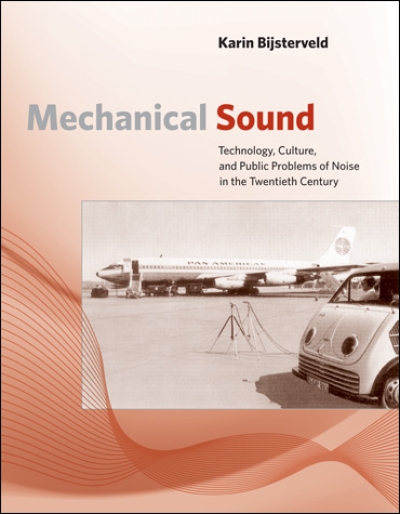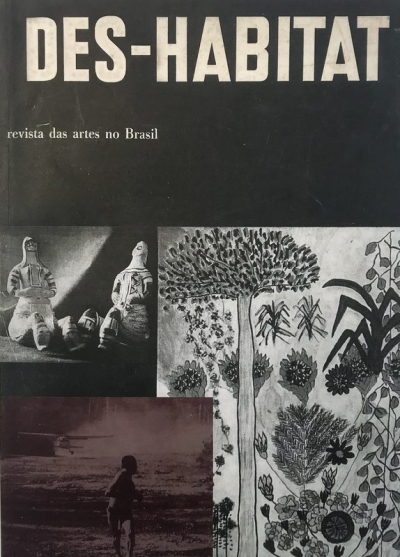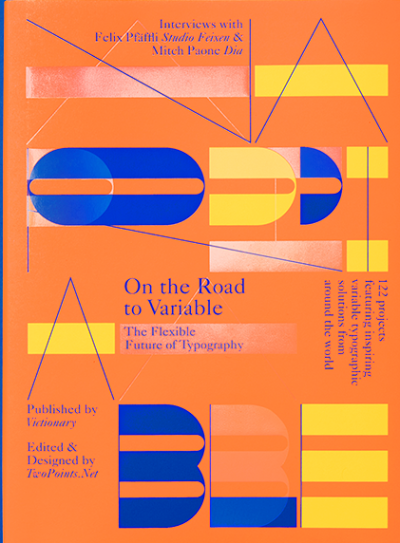
Mechanical Sound. Technology, Culture, and Public Problems of Noise in the Twentieth Century
Since the late nineteenth century, the sounds of technology have been the subject of complaints, regulation, and legislation. By the early 1900s, antinoise leagues in Western Europe and North America had formed to fight noise from factories, steam trains, automobiles, and gramophones, with campaigns featuring conferences, exhibitions, and "silence weeks". And, as Karin Bijsterveld points out in Mechanical Sound, public discussion of noise has never died down and continues today. In this book, Bijsterveld examines the persistence of noise on the public agenda, looking at four episodes of noise and the public response to it in Europe and the United States between 1875 and 1975: industrial noise, traffic noise, noise from neighborhood radios and gramophones, and aircraft noise. She also looks at a twentieth-century counterpoint to complaints about noise: the celebration of mechanical sound in avant-garde music composed between the two world wars.
Bijsterveld argues that the rise of noise from new technology combined with overlapping noise regulations created what she calls a "paradox of control". Experts and politicians promised to control some noise, but left other noise problems up to citizens. Aircraft noise, for example, measured in formulas understandable only by specialists, was subject to public regulation; the sounds of noisy neighborhoods were the responsibility of residents themselves. In addition, Bijsterveld notes, the spatial character of antinoise interventions that impose zones and draw maps, despite the ability of sound to cross borders and boundaries, has helped keep noise a public problem. We have tried to create islands of silence, she writes, yet we have left a sea of sounds to be fiercely discussed.

































































































